RECOMMENDED NEWS

DIY Enrichment Toys for Dogs: Stimulate Mind and Body
Dogs are intelligent, social animals who thrive when their minds and bodies are both engaged. Boredo...
Read More →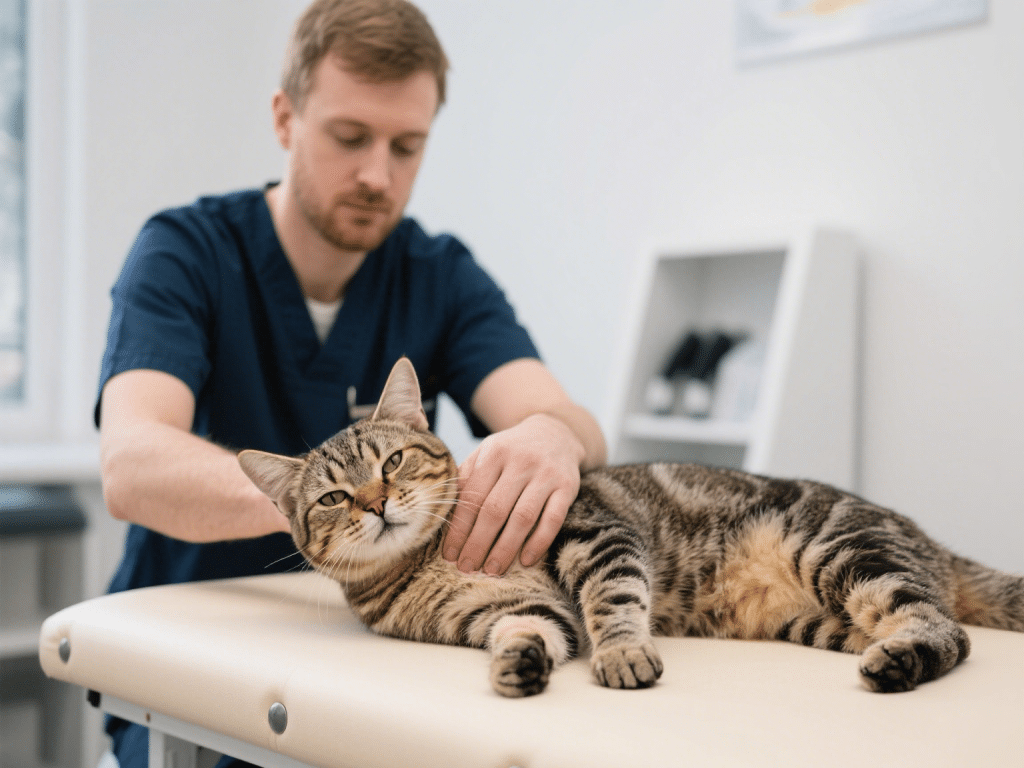
Senior Cat Arthritis Management: Comfort Strategies That Work
Arthritis affects up to 90% of cats over 10 years old, silently eroding mobility and comfort. As a c...
Read More →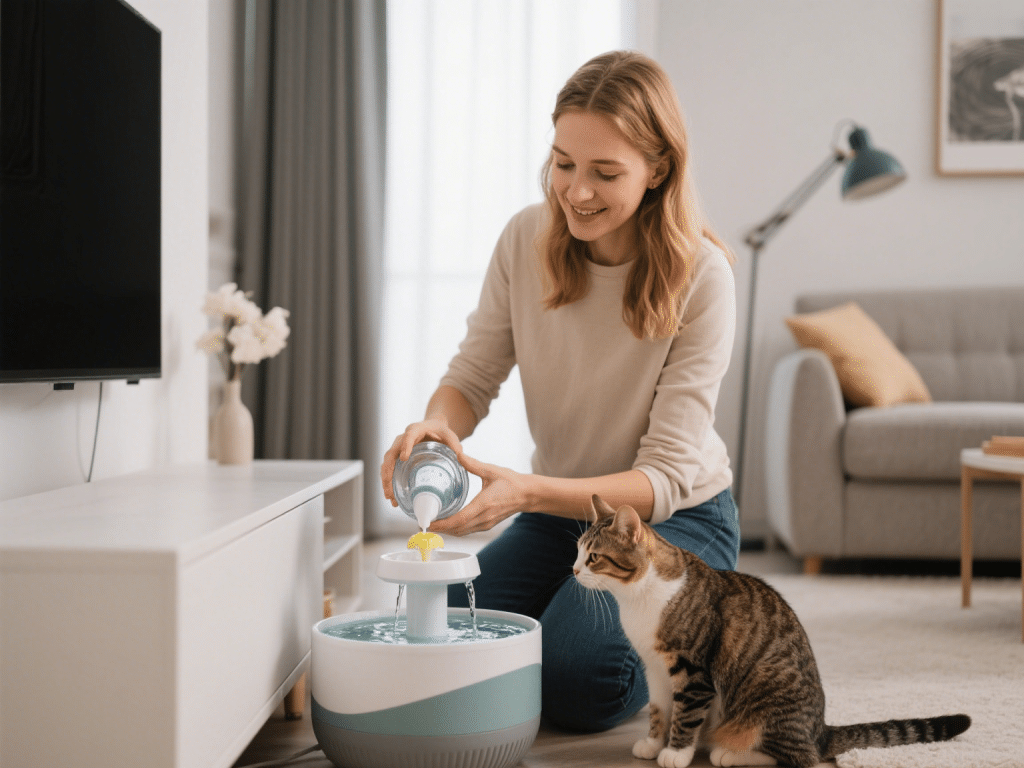
Best Water Fountains for Cats to Encourage Hydration
IntroductionDehydration in cats can lead to urinary tract infections (UTIs), kidney disease, and bla...
Read More →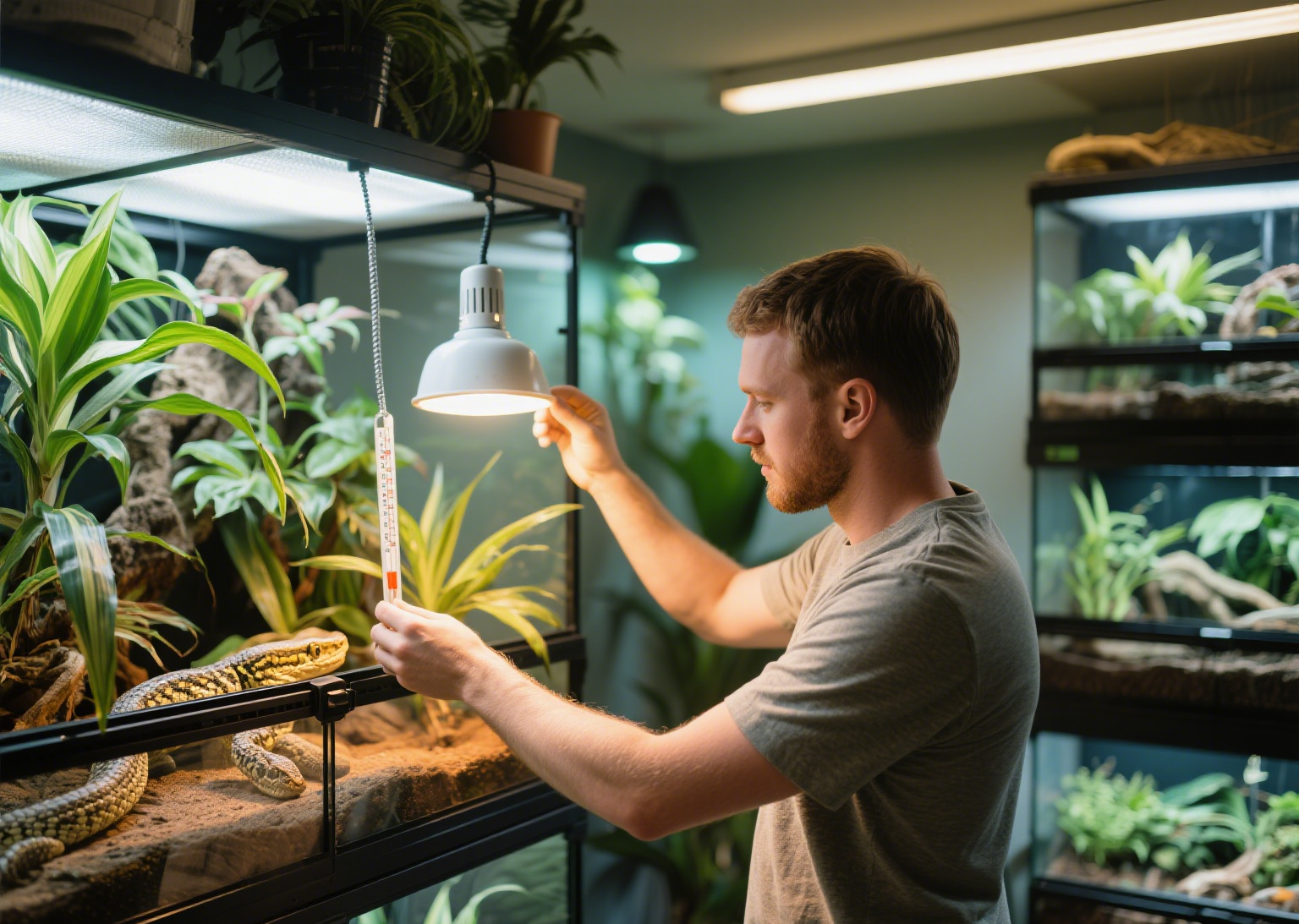
How to Set Up a Reptile Terrarium: Temperature and Lighting
IntroductionCreating a suitable terrarium environment is essential for the health and longevity of c...
Read More →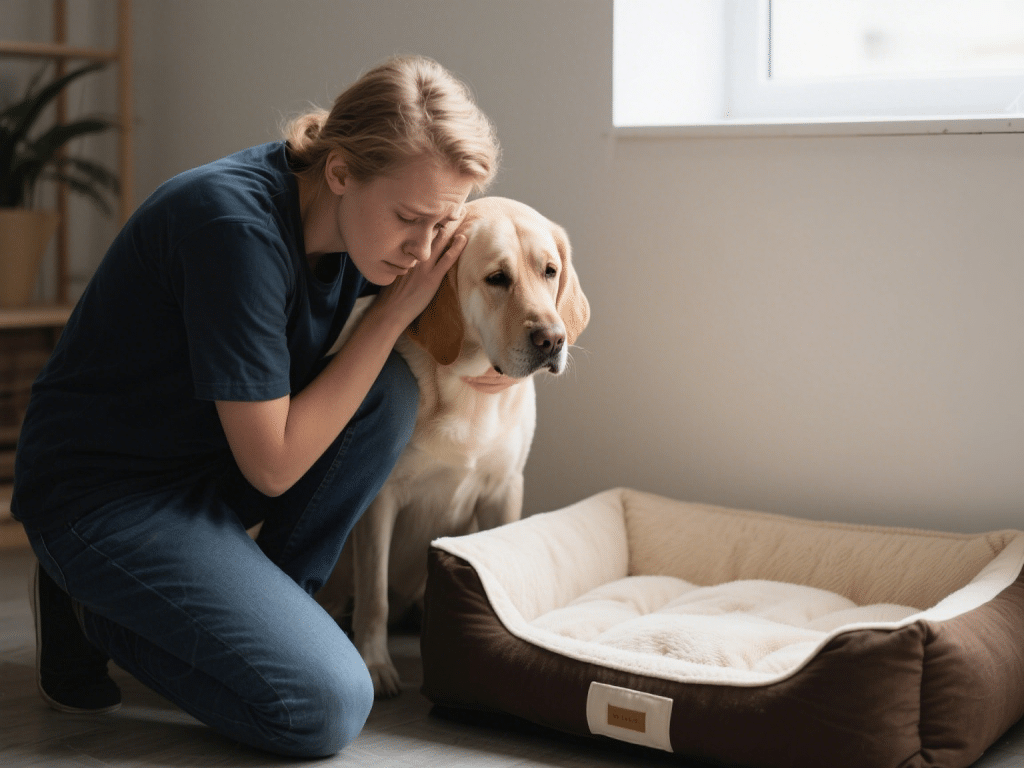
Helping Pets Cope with the Loss of Another Pet
IntroductionThe loss of a household pet can be emotionally taxing not only for humans but also for s...
Read More →
How to Puppy-Proof Your Living Room Without Ruining It
IntroductionWelcoming a puppy into your home brings joy—and potential chaos. Furniture chewing, po...
Read More →
How to Take Great Pet Photos Without Professional Gear
IntroductionProfessional cameras and studio setups help, but you don’t need expensive gear to take...
Read More →
Why Your Dog Follows You Everywhere: Psychology Explained
IntroductionMany dog owners notice their pets trailing them from room to room. While endearing, this...
Read More →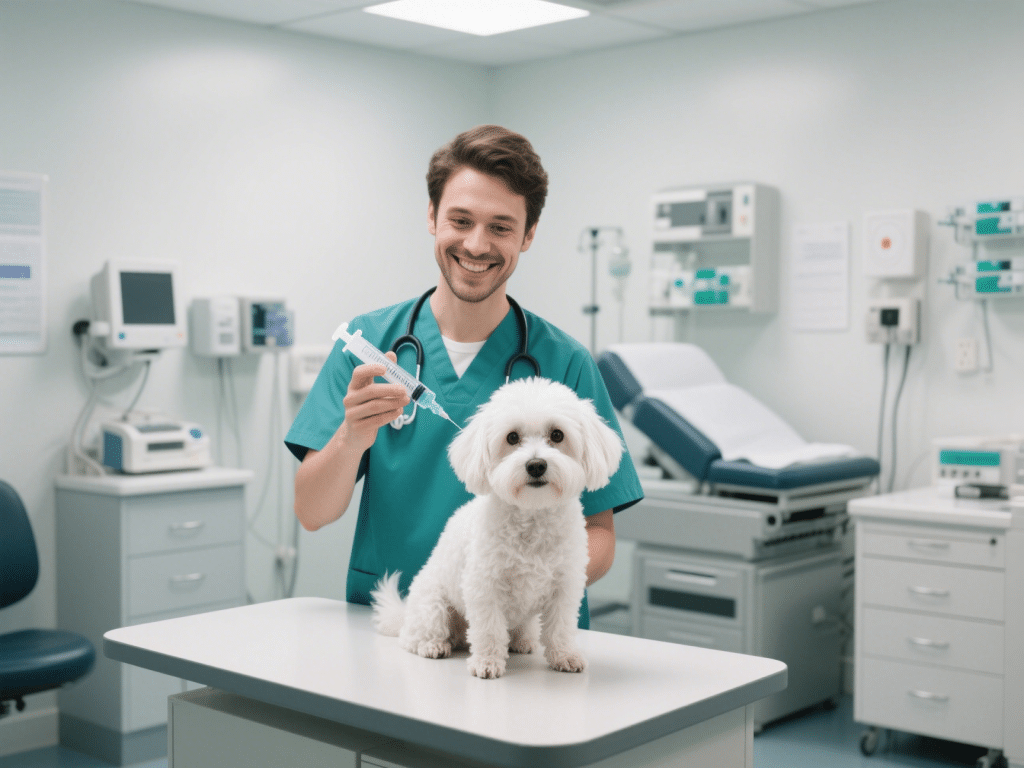
When to Start Deworming Your Puppy: Everything You Need to Know
IntroductionParasite control is a cornerstone of puppy health, with many infections acquired prior t...
Read More →
Comments on "How to Spot Depression in Cats and Dogs" :